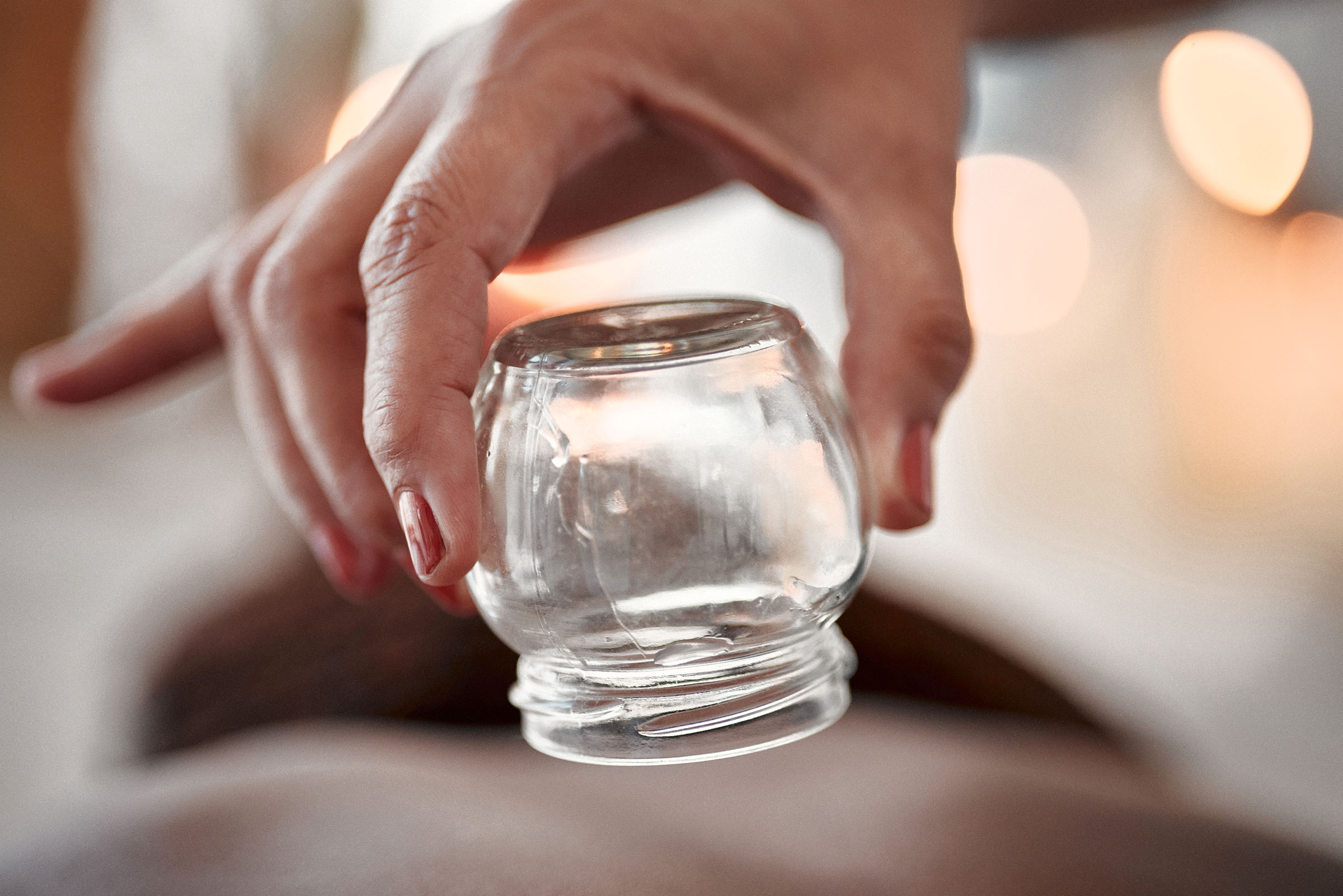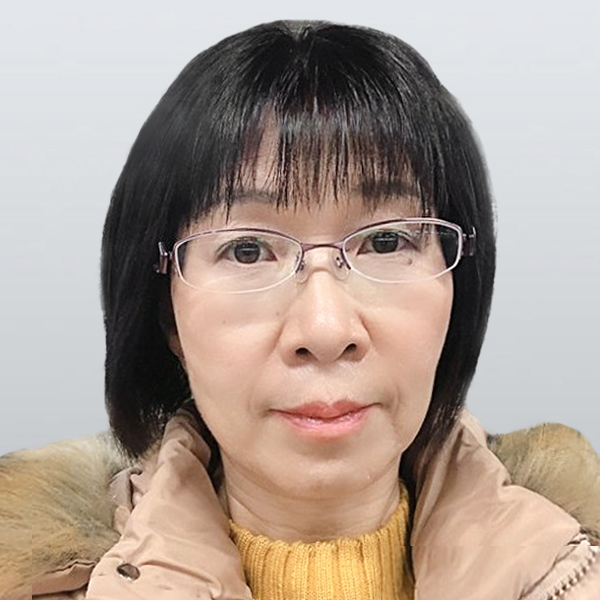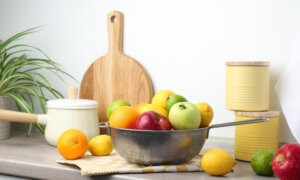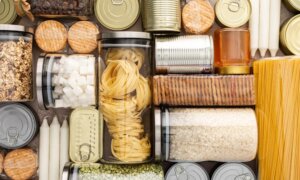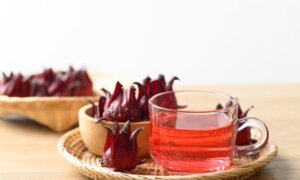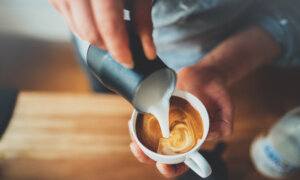Cupping is a Traditional Chinese medicine (TCM) technique widely used for both treatment and health maintenance. This practice not only relieves pain but is also effective in addressing various ailments. Cupping gained international attention during the 2016 Olympics when American swimming legend Michael Phelps sported deep purple circular marks on his body. Since then, the therapy has surged in popularity worldwide as a therapeutic method.
On the “Health 1+1” program, Jonathan Liu, director of the Kangmei Traditional Chinese Medicine Clinic in Canada, explained that cupping therapy promotes blood circulation, regulates metabolism, and helps eliminate toxins from the body.
Cupping therapy has a history spanning thousands of years. In ancient times, practitioners used animal horns; however, the materials have evolved over the centuries from ceramic and bamboo cups to modern versions made of glass, plastic, and silicone.
Benefits of Cupping Therapy
The therapy creates negative pressure through suction or heat, attaching the cups to the skin. Cupping is most commonly applied to areas with thicker muscle masses, such as the shoulders, lower back, thighs, and calves.
The negative pressure draws blood to the superficial capillaries of the skin, occasionally causing them to rupture, Liu said. The hemoglobin, which carries oxygen to the body’s tissues, released from red blood cells provides a beneficial stimulation to the body, enhancing immune function, relieving pain, and reducing inflammation.
Relieve Pain
Cupping therapy is often used to relieve pain. In TCM, it is believed that “stagnation of qi and blood leads to pain.” By improving blood flow and alleviating pain caused by blood stasis, cupping enhances overall body function, Liu noted. It also helps ease pain from muscle tightness by regulating tension in the fascia and muscles of the treated area, he added.
A 2024 systematic review involving 921 participants from 11 separate studies found evidence indicating that cupping therapy significantly improves pain and disability in patients with lower back pain. The review also suggested that, compared to medication and standard care which included NSAIDs, short-duration muscular relaxants, resting, and moderate physical activity, cupping provides superior and longer-lasting pain relief.
Improve Microcirculation and Support Detoxification
Disruptions in microcirculation, which is blood flow through the smallest blood vessels, can lead to the accumulation of metabolic waste, which, if not cleared promptly, may harm the body’s organs.
The high negative pressure used in cupping therapy promotes blood and lymphatic flow, enhancing the metabolism of local tissues, Liu said. This process facilitates the elimination of waste products from anaerobic metabolism, thereby promoting detoxification and reducing inflammation.
Regulate the Central and Peripheral Nervous Systems
The central and peripheral nervous systems work together to transmit sensory information, process it, and coordinate bodily functions. However, when dysregulated, they can disrupt both emotional well-being and physical health.
Excessive excitation of the central nervous system (CNS) can suppress the peripheral nervous system (PNS), and vice versa, Liu said. In today’s fast-paced lifestyle, many people experience an overactive CNS, which often leads to PNS suppression.
A 2018 review showed that cupping therapy could increase blood flow to the skin and muscles while stimulating the PNS, thereby promoting relaxation of both the body and mind.
Address Air-Conditioning Sickness
Spending long hours in air-conditioned rooms or sudden changes in temperature can lead to air-conditioning sickness, resulting from disruptions in the body’s temperature regulation system.
Cupping therapy can quickly regulate both local and overall metabolism, helping to normalize the body’s temperature control center and allowing symptoms of air-conditioning sickness to gradually subside, Liu said.
Cupping therapy may also relieve various symptoms, including back, shoulder, neck, and knee pain, as well as headaches, rheumatoid arthritis, respiratory issues like asthma, gastrointestinal disorders, and hypertension, according to the Cleveland Clinic.
Understanding Cupping Mark Colors
The skin at the cupping site may become slightly raised due to broken blood vessels, but this usually subsides within a few days, Liu said. The marks left by cupping can vary in color, which may indicate underlying health conditions.
- Dark purple or black: Suggests poor energy flow and impaired blood circulation in the area.
- Bright red: Indicates inflammation or a buildup of metabolic waste.
- Light pink: Reflects normal body function, with only minor health concerns, if any.
- Pale gray or white: Signals significant physical weakness; cupping therapy is not recommended for individuals displaying such marks.
Cupping Therapy on Acupoints
In addition to targeting muscle tension and pain, cupping can also stimulate acupoints, which help regulate the function of internal organs, Liu said. According to TCM, meridians are the channels through which energy flows in the human body. The internal organs are connected to the body’s surface through these meridians. Specific points along these meridians, known as acupoints, possess unique functions. By stimulating corresponding acupoints through techniques like cupping therapy and acupressure, it is possible to treat diseases related to specific organs, Liu said.
Liu provided examples of specific acupoints that cupping can target to address certain conditions:
- Yinlingquan (SP9): Strengthens the spleen and stomach.
- Sanyinjiao (SP6): Regulates the liver, spleen, and kidneys.
- Yongquan (KI1): Alleviates insomnia, headaches, dizziness, and foot pain.

Locations of the Yinlingquan, Sanyinjiao, and Yongquan Acupoints. (The Epoch Times)
Who Should Avoid Cupping Therapy?
While cupping therapy is a popular treatment and wellness practice, Liu emphasized that certain groups of people should avoid it:
- Those prone to bleeding, including patients with hemophilia, thrombocytopenic purpura, or leukemia.
- Those with severe skin allergies or malignant skin tumors.
- Pregnant women and women on their period.
- Those with significant physical weakness, organ failure, or severe heart conditions.
- Those with fractures, epilepsy, seizures, or who are intoxicated.
- Patients with implanted electronic medical devices, such as pacemakers.
For anyone considering cupping therapy, it is recommended to first consult a licensed TCM practitioner. Treatment methods may vary depending on individual circumstances, so it is best to seek professional advice for a personalized treatment plan.

